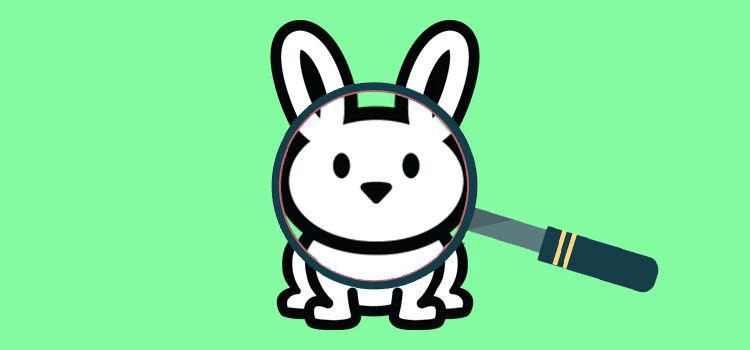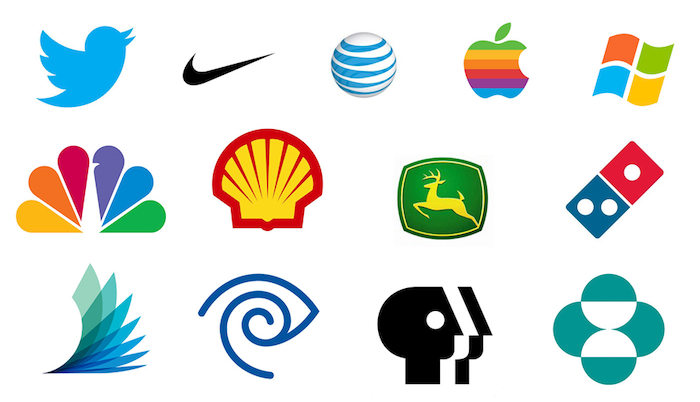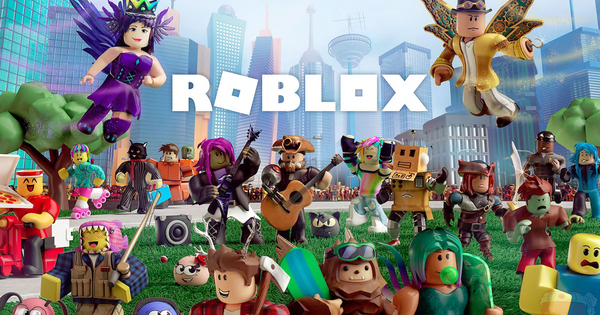
Spot The Bunny Quiz
🧐 Did you know?
How much do you know about rabbits? Did you know that they can't vomit? How long does a rabbit live for? Why did the bunny become the mascot for Easter? Well, if you don't know these facts, hopefully, you at least know what a bunny looks like.
We have hidden a bunny in every image of this quiz! Can you tell your bunny ears apart from a giraffe's ears? Is that a bunny in the snow or just a polar bear? How did that rabbit get to space? As you go progress through the quiz, we provide many interesting facts about bunnies that any bunny lover will enjoy! Can you spot all of the bunnies?
📚 History Lesson
Bunnies, also known as rabbits, have been around for a long time – fossil records show that they existed as far back as 40 million years ago! These early rabbits were small and looked quite different from the bunnies we know and love today.
Throughout history, bunnies have been important to many cultures. In ancient Egypt, rabbits were associated with the moon and were seen as symbols of fertility and rebirth. The goddess Isis was sometimes depicted with a rabbit's head.
In medieval Europe, rabbits were often kept as pets by monks and nuns. They were also raised for their meat and fur. Rabbit fur was used to make clothing, and rabbit meat was considered a delicacy.
During the Victorian era in the 1800s, bunnies became popular pets among the wealthy. Queen Victoria herself kept a pet rabbit named "Moss," and many people followed her example. This is when the idea of bunnies as cute and cuddly pets really took off.
In the early 1900s, bunnies began to appear more often in popular culture. The character of Peter Rabbit, created by author Beatrix Potter, became a beloved children's story. The Bugs Bunny cartoon character, who first appeared in 1940, also helped to cement bunnies' place in pop culture.
Today, bunnies are popular pets all around the world. They're known for their soft fur, cute ears, and playful personalities. Many people enjoy watching funny bunny videos online or visiting bunnies in petting zoos.
But bunnies are more than just cute pets – they're also important to ecosystems. Wild rabbits play a key role in many food chains, serving as prey for animals like foxes, hawks, and coyotes. Their droppings also help to fertilize the soil and promote plant growth.
In some places, however, bunnies have become an invasive species. In Australia, for example, European rabbits were introduced in the 1800s and quickly multiplied, causing damage to crops and natural habitats. This has led to efforts to control rabbit populations through methods like fencing and hunting.
The history of bunnies is a story of how a small, unassuming creature has captured our imaginations and hearts. From ancient symbols of fertility to beloved cartoon characters to important parts of ecosystems, bunnies have played many roles throughout history. So the next time you see a cute bunny hopping by, remember the long and fascinating journey that led to their place in our world today!
🤔 Interesting Fact
Did you know that a rabbit's teeth never stop growing?
Rabbits have four front teeth – two on the top and two on the bottom – that are called incisors. These teeth are used for cutting and gnawing, and they grow continuously throughout a rabbit's life.
In fact, a rabbit's teeth can grow up to 5 inches (12 cm) per year! That's a lot of tooth growth for a small animal.
The reason for this constant growth is that rabbits' teeth are worn down by their diet, which consists mostly of tough, fibrous plants like grass, hay, and leafy greens. As the teeth get worn down from chewing, they need to keep growing to maintain their length and sharpness.
To keep their teeth at a healthy length, rabbits need to chew on tough, abrasive foods that help to wear down their teeth naturally. This is why it's important for pet rabbits to have access to hay and chew toys, which help to keep their teeth in check.
If a rabbit's teeth are not worn down properly, they can become overgrown and cause painful dental problems. Overgrown teeth can make it difficult for a rabbit to eat, and can even grow into the rabbit's jaw or face, causing serious health issues.
So, the next time you see a rabbit happily munching away on some hay or a chew toy, remember that they're not just enjoying a tasty snack – they're also taking care of their ever-growing teeth!
Rabbits' constantly growing teeth are just one of the many fascinating adaptations that make these creatures so unique and interesting. From their powerful hind legs to their adorable twitching noses, rabbits are full of surprises and wonder.



